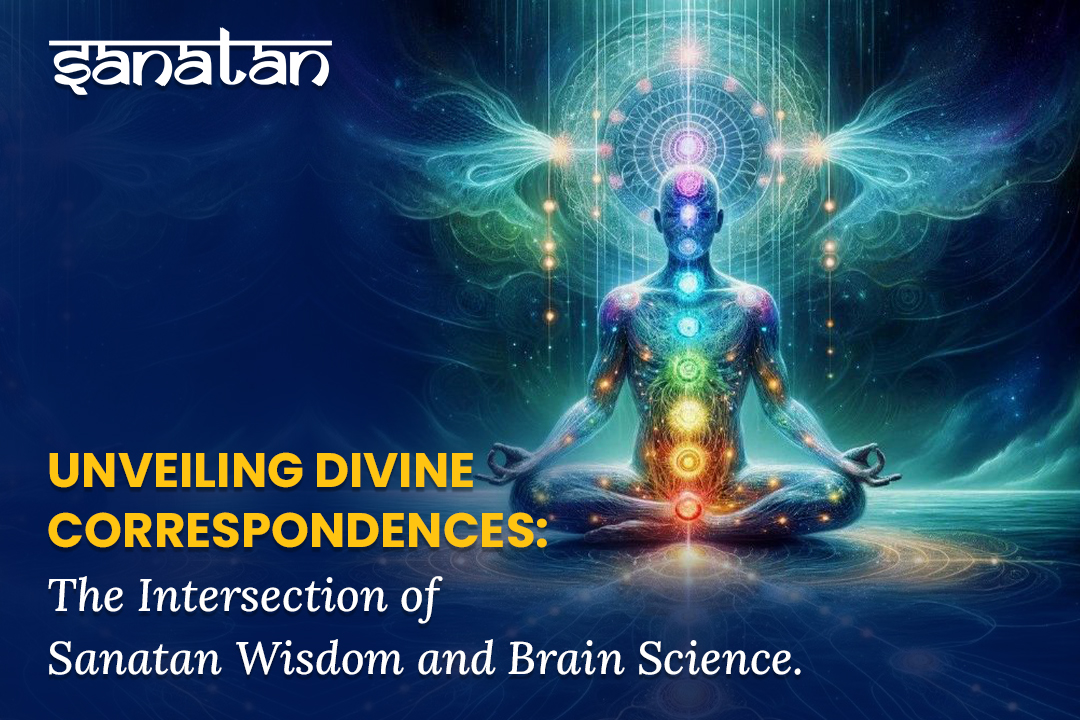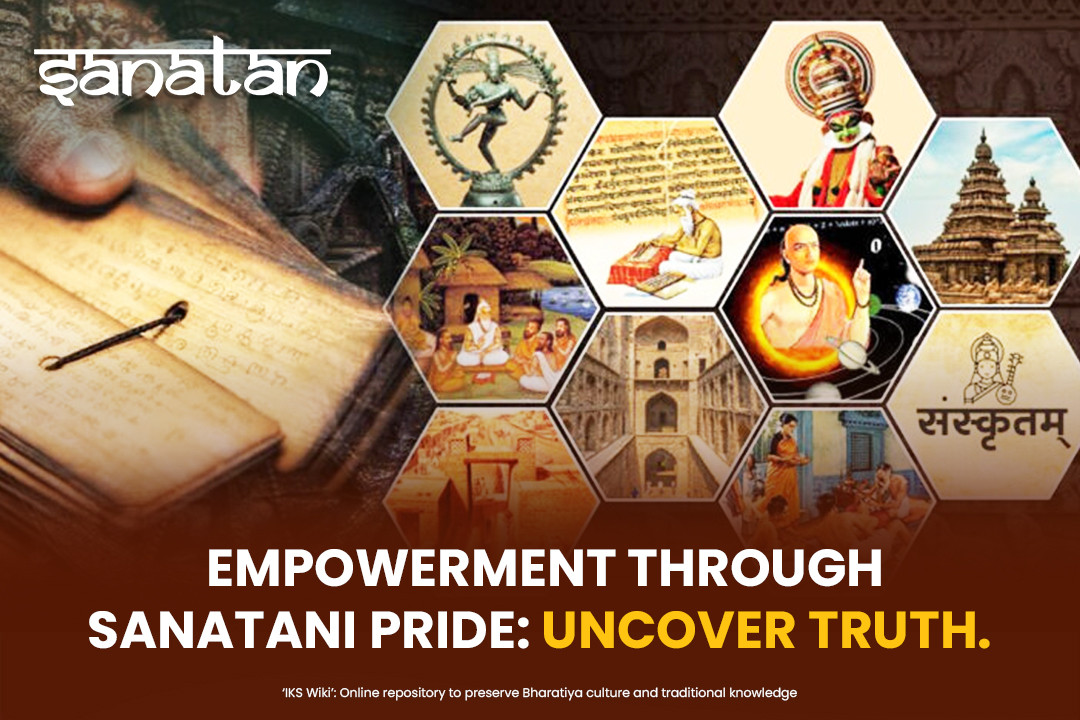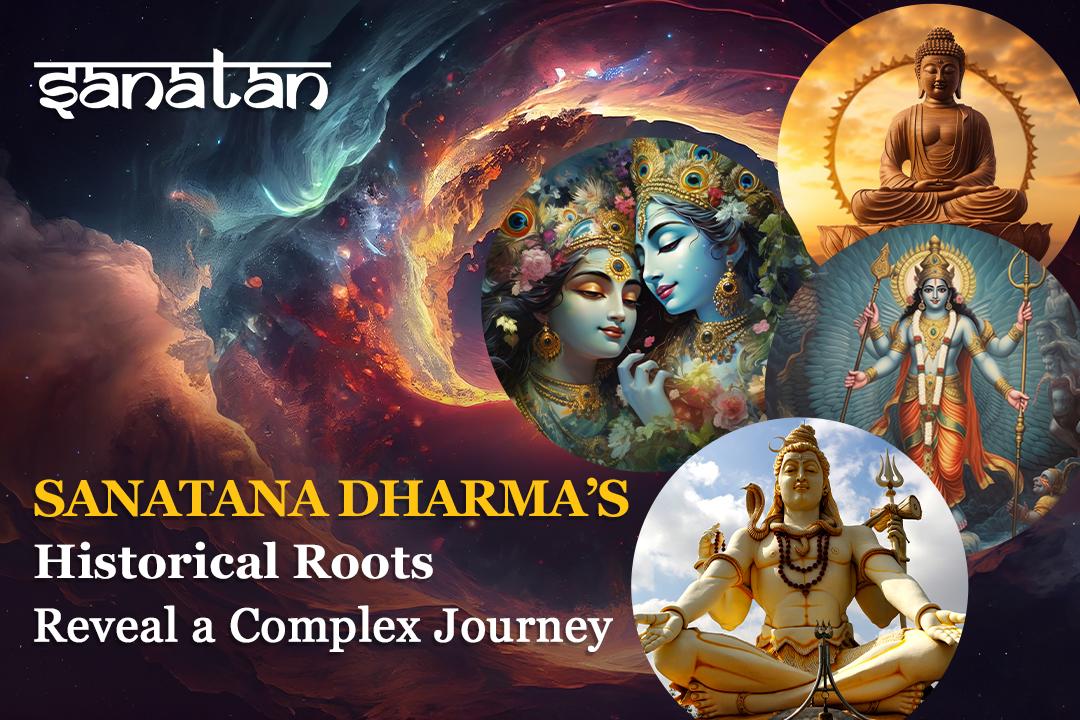Understanding the Four Purusharthas: Dharma, Artha, Kama, and Moksha
The concept of the Purusharthas is central to the philosophy of Sanatan Dharma. These four goals—Dharma (righteousness), Artha (wealth), Kama (desire), and Moksha (liberation)—serve as guiding principles for living a meaningful and balanced life. Together, they offer a comprehensive framework that addresses every aspect of human existence, from ethical behavior to spiritual fulfillment.
To truly grasp the depth of these goals, one must dive into the rich traditions and teachings of Sanatan Dharma, often referred to as the "mystery of Sanatan Dharma." This mystery lies in its profound understanding of human nature and its ability to adapt timeless principles to evolving circumstances. Let us explore these four pillars in detail, uncovering their significance and relevance in today’s world.
Dharma: The Foundation of Righteousness
At the core of the Purusharthas lies Dharma, which can be translated as righteousness, duty, or moral order. It forms the ethical foundation of life, guiding individuals to act in ways that are just and beneficial to society. The concept of Dharma is intricately linked with the cosmic order, reminding individuals of their responsibility to uphold harmony in all aspects of existence.
Sanatan Dharma teaches that Dharma is not one-size-fits-all; it varies based on an individual’s age, role, and circumstances. For example, the Dharma of a student differs from that of a householder or a spiritual seeker. This flexibility allows Dharma to remain relevant across time and cultures.
To delve deeper into this concept, many seekers turn to a Spiritual Book that explores the "sanatanmystery" surrounding ethical living and cosmic balance. Such texts provide practical guidance on living a life of purpose while adhering to the principles of Dharma.
Artha: The Pursuit of Prosperity
Artha, or the pursuit of wealth and material well-being, is the second Purushartha. While spirituality is often associated with renunciation, Sanatan Dharma acknowledges the importance of material success in creating a stable and fulfilling life. Artha encompasses not only financial wealth but also the means to support oneself and contribute positively to society.
In the mystery of Sanatan Dharma, wealth is not viewed as inherently good or bad. Instead, it is seen as a tool that must be used responsibly. When wealth is accumulated ethically and used for the welfare of others, it aligns with Dharma and contributes to societal harmony. However, when pursued selfishly or without regard for ethical principles, it can lead to imbalance and suffering.
Books and scriptures on Sanatan Dharma often highlight the delicate balance between Artha and Dharma. Reading a thoughtful Spiritual Book on this subject can help individuals navigate the complexities of earning and managing wealth in a way that aligns with their higher purpose.
Kama: Fulfilling Desires with Purpose
Kama, the third Purushartha, refers to the fulfillment of desires and the pursuit of pleasure. This includes not only physical pleasures but also emotional and intellectual satisfaction. Sanatan Dharma views desire as a natural and essential part of human life, provided it is pursued within the boundaries of Dharma.
The teachings of Sanatan Dharma emphasize that desires should not lead to attachment or greed. Instead, they should be approached with mindfulness and moderation. The mystery of Sanatan Dharma lies in its ability to integrate material and spiritual pursuits, showing that desires, when guided by Dharma, can enhance life without overshadowing higher goals.
Exploring these ideas in a Spiritual Book can help modern seekers find ways to balance their personal aspirations with ethical living. By understanding Kama in this light, individuals can experience joy and satisfaction without compromising their spiritual growth.
Moksha: The Ultimate Goal
At the pinnacle of the Purusharthas is Moksha, or liberation. This represents the ultimate goal of human life—the release from the cycle of birth and death (samsara) and the realization of one’s unity with the divine. Unlike the other three goals, which pertain to worldly life, Moksha transcends material existence and offers eternal peace and fulfillment.
The path to Moksha is deeply personal and often involves intense self-reflection, meditation, and the guidance of spiritual teachers. It is here that the "sanatanmystery" truly unfolds, as seekers begin to understand their connection to the universe and the divine. The teachings of Sanatan Dharma encourage individuals to pursue Moksha not by renouncing the world entirely but by integrating all aspects of life—Dharma, Artha, and Kama—in a harmonious way.
Many spiritual seekers find inspiration in texts that unravel the mystery of Sanatan Dharma, providing practical and philosophical insights into the journey toward liberation. Such books act as invaluable companions, offering guidance and clarity as individuals navigate the complexities of spiritual awakening.
The Interconnection of the Purusharthas
One of the most remarkable aspects of the Purusharthas is their interconnectedness. Each goal supports and enhances the others, creating a balanced and holistic approach to life. For example, Dharma serves as the guiding principle that ensures the ethical pursuit of Artha and Kama, while these material goals provide the stability needed for spiritual growth and the eventual pursuit of Moksha.
This interconnected framework reflects the wisdom of Sanatan Dharma, which understands that human life is multi-dimensional. The "sanatanmystery" lies in its ability to offer timeless principles that address every aspect of existence, allowing individuals to live fully and meaningfully.
Relevance of the Purusharthas in Modern Times
In today’s fast-paced world, the teachings of the Purusharthas are more relevant than ever. As individuals grapple with questions of purpose, balance, and fulfillment, the wisdom of Sanatan Dharma offers a roadmap for navigating these challenges. Whether it is achieving career success, nurturing relationships, or seeking inner peace, the Purusharthas provide practical guidance for aligning worldly and spiritual aspirations.
For those looking to explore these concepts further, reading a Spiritual Book on the subject can be immensely rewarding. Such books often delve into the philosophical and practical aspects of the Purusharthas, making them accessible to modern readers.
The Purusharthas—Dharma, Artha, Kama, and Moksha—represent a profound and holistic vision of human life. They acknowledge the diverse needs and aspirations of individuals, offering a framework that balances material success, personal fulfillment, and spiritual awakening. The "mystery of Sanatan Dharma" lies in its ability to harmonize these goals, guiding individuals toward a life of purpose and liberation.
By embracing the wisdom of the Purusharthas, modern seekers can find clarity and direction in their lives. Whether through self-reflection, spiritual practice, or reading a thoughtful Spiritual Book, the journey toward understanding and living these principles is both transformative and fulfilling. Ultimately, the Purusharthas remind us that the true essence of life lies in balance, harmony, and the pursuit of higher truth.
Phone Number: +91 9923263591
Email Address: info@sanatanmystery.com
Read Our More Blogs For Further Information: https://sanatanmystery.com/blogs

















